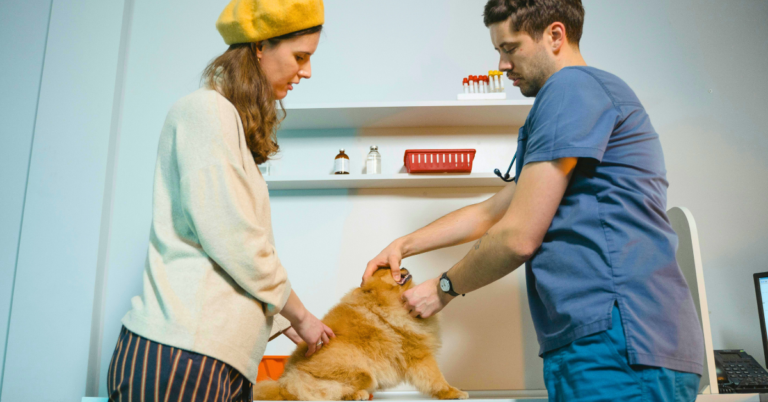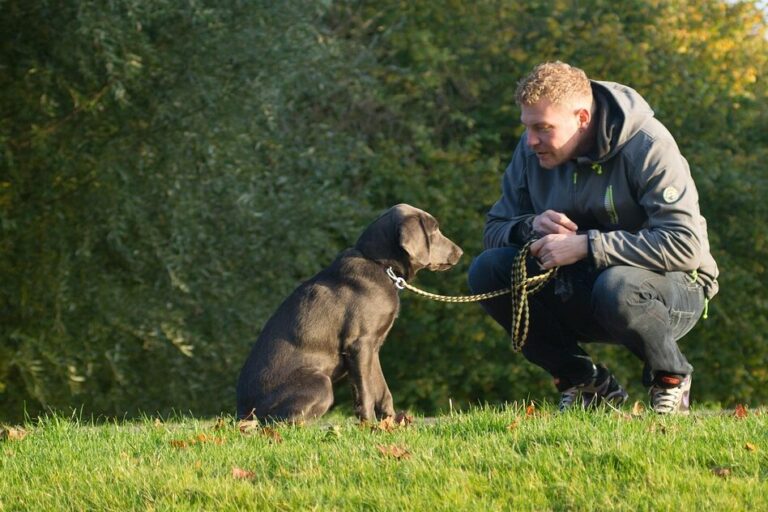10 Golden Rules For Cooking Dog-Friendly Meals At Home

Cooking for your dog is more than just sharing your dinner—it’s about giving them safe, nutritious meals made with care. The wrong ingredients or cooking methods can do more harm than good, but a few simple rules make all the difference. Want to keep your pup healthy and happy at mealtime? Follow these golden rules to make every bite count!
Use Only Dog-Safe Ingredients

Dogs don’t experience food the way we do. While we might crave bold flavors, they’re perfectly happy with plain, natural ingredients. Using the wrong ingredients—like even small amounts of garlic or onions—can be toxic to them. So, it’s always best to keep things simple and stick to safe, dog-friendly options!
Keep Salt And Seasonings Out Of Their Meals
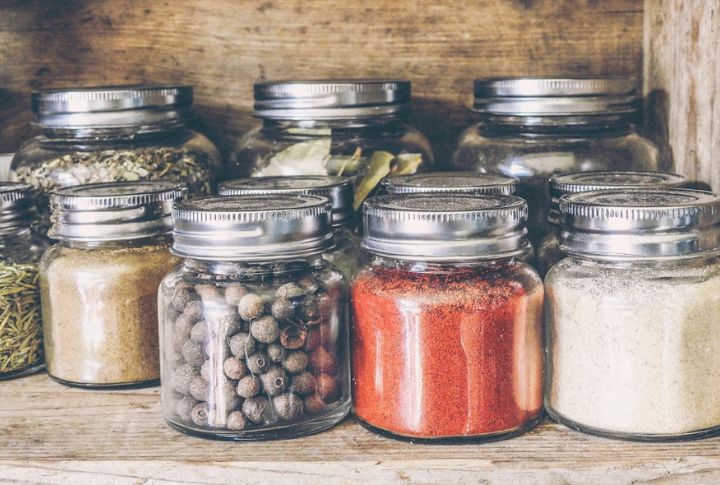
We’ve all done it—sprinkling salt on food without a second thought. But for dogs, too much salt can lead to kidney issues. Skip the extra seasoning and salt in their meals. Their natural flavor is just as delicious and much healthier in the long run.
Make Sure The Diet Is Balanced
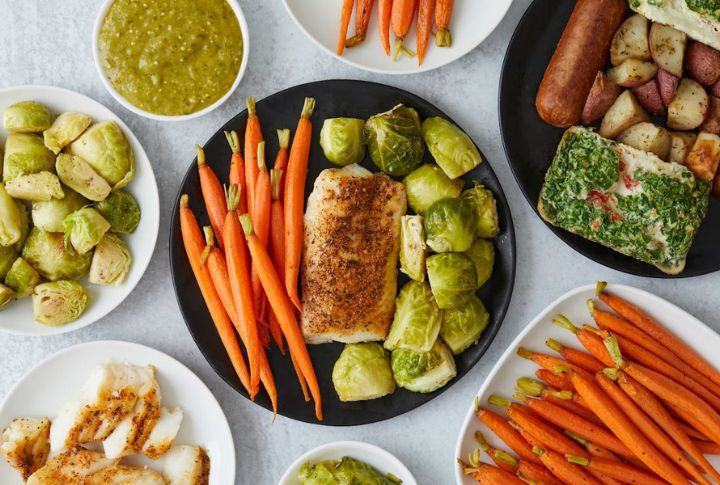
Picture yourself eating pizza for every meal. Sounds great for a day, but you’ll crave variety after a while. Your dog feels the same way! Mix their meals with proteins like chicken, veggies like carrots, and grains like rice to keep their diet balanced and exciting.
Don’t Ignore Essential Fatty Acids
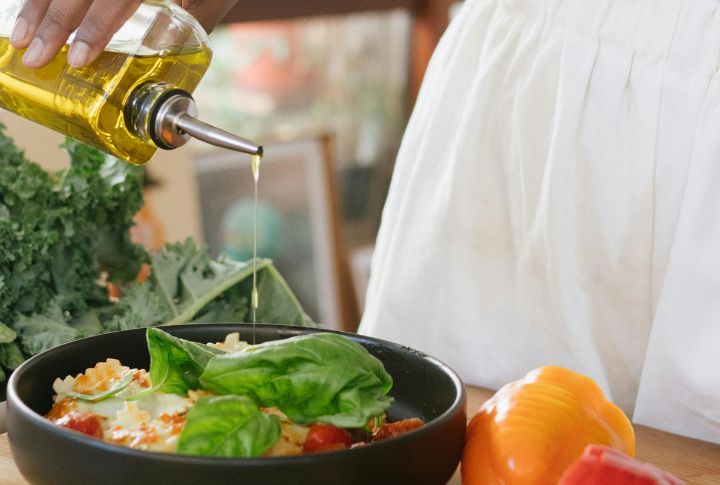
Fatty acids are important for a dog’s skin, coat, and general well-being. Include sources like fish oil, flaxseed oil, or safflower oil in their meals. Fat should account for 10-15% of their daily intake, but be mindful of the amount to prevent any unnecessary weight gain.
Cook Meat Thoroughly To Kill Harmful Bacteria
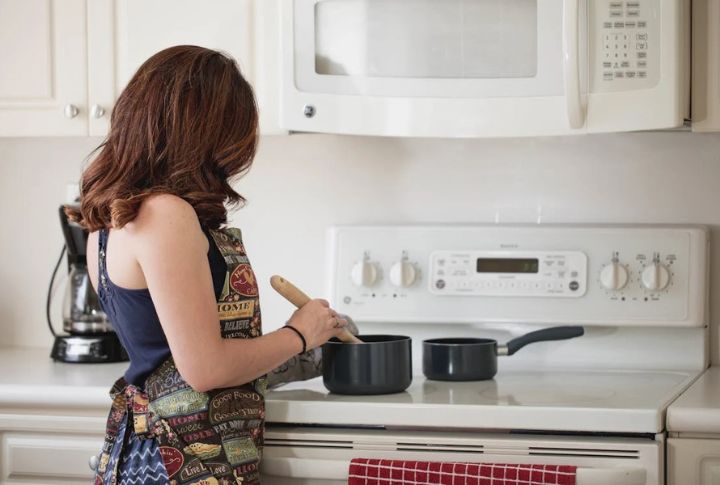
Raw meat might sound like a natural option, but it can carry harmful bacteria that could make dogs sick. Think of it as cooking chicken for yourself—do you eat it raw? Of course not. Cooking it fully is the way to a safe and healthy meal.
Don’t Overload Their Diet With Carbs
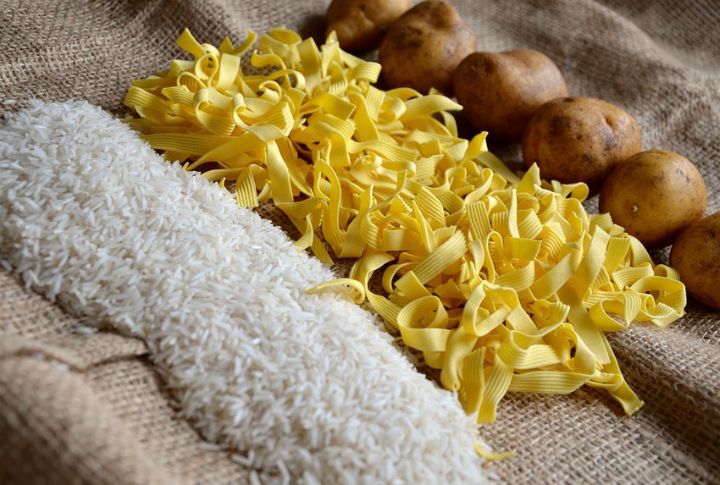
Rice and potatoes are fine, but don’t make them the main part of a dog’s meal. Just like you wouldn’t fill the plate with pasta, your dog needs a balanced meal with more than just carbs. Keep it balanced with plenty of protein and veggies so it stays fit and happy!
Personalize Supplementation Based On Your Dog’s Needs
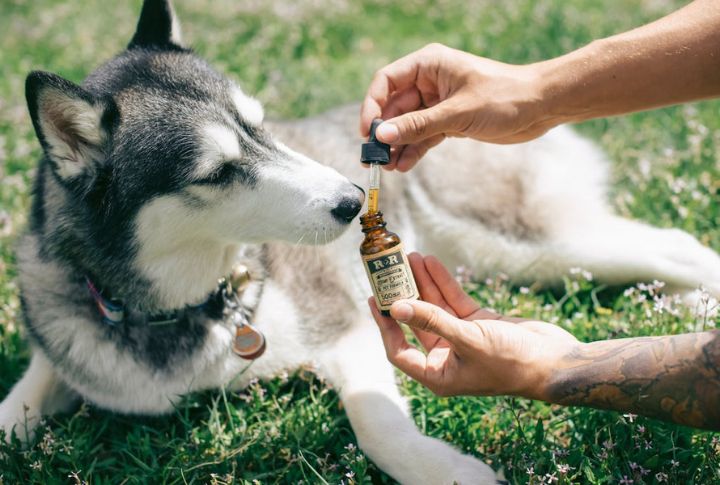
Every dog has unique health needs, so giving them the same supplements you take might not be the best idea. Just like you wouldn’t give your pet a human-sized dose of anything, supplements for dogs need to be tailored to their specific age, size, and health.
Stick To Proper Portion Sizes
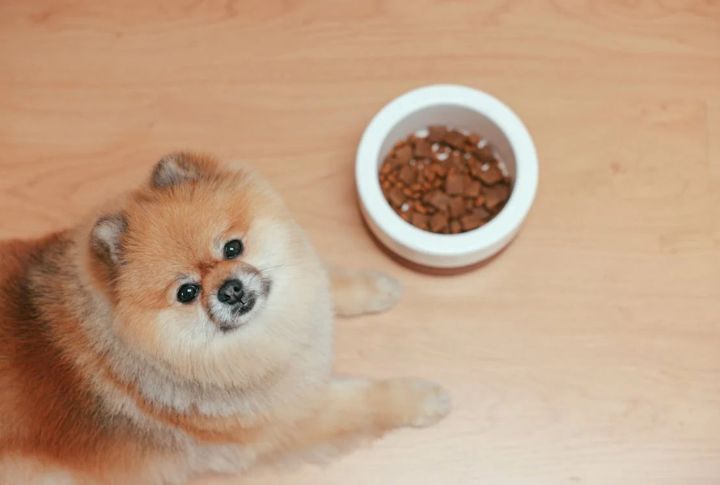
It’s tempting to give our dog an extra scoop of food when those puppy eyes are looking up at you. However, excessive food consumption may result in weight gain and various health issues. Please stick to the recommended portion sizes; our small fur ball will be in great shape.
Consult Your Vet Before Changing Their Diet
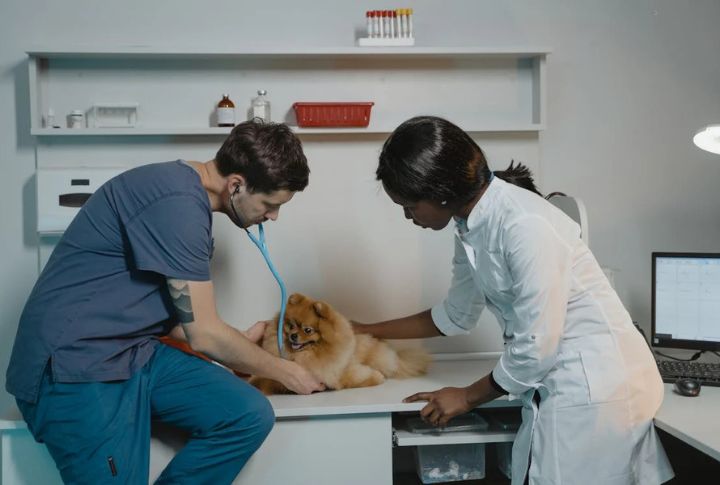
Changing a dog’s diet is a big deal; asking your vet first is always wise. They can help you figure out the right portions and make sure your dog is getting the nutrients it needs. They can also offer tips for any food allergies or sensitivities the pup might have.
Skip The Bones As Chew Toys
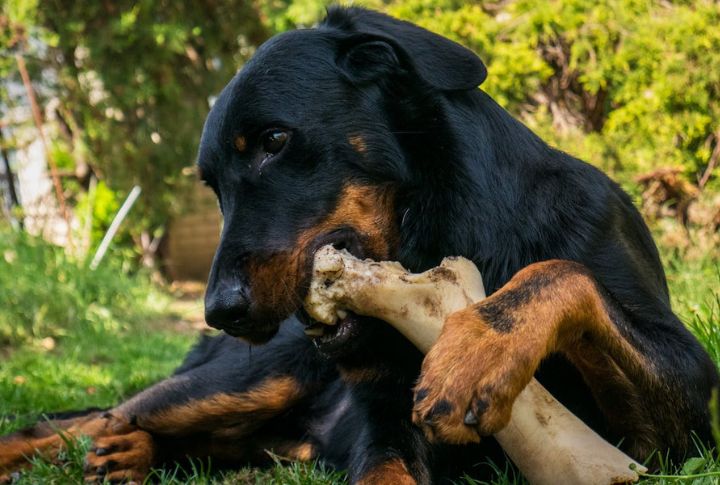
Bones may seem like a great chew toy, but cooked bones can splinter into sharp fragments that could injure your dog. It’s like trying to chew on something super hard and realizing it’s a lousy idea halfway through. Instead, opt for dog-safe chew toys that won’t hurt their teeth or stomach.


